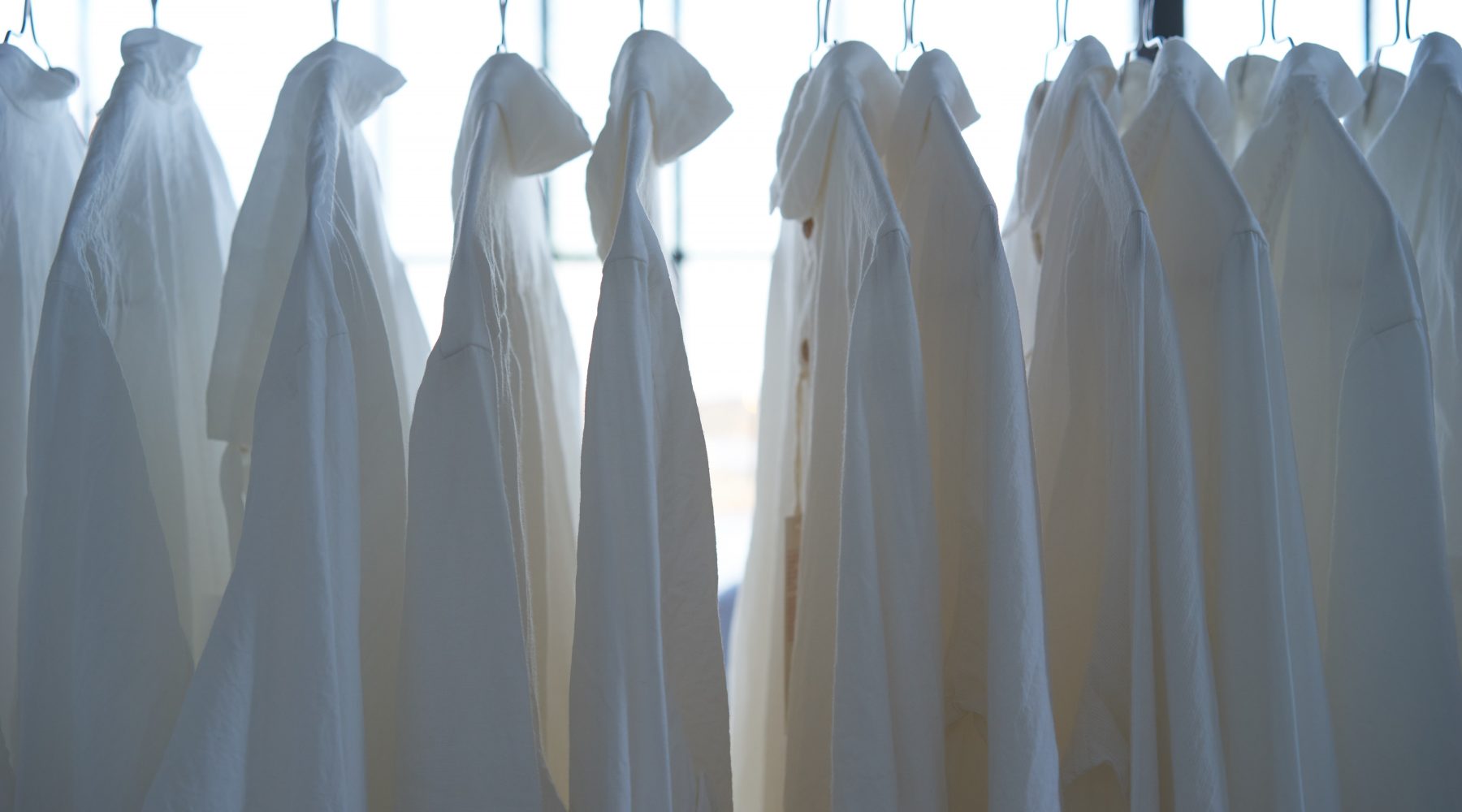ATO irons out confusion in relation to laundry claims at tax time

The Australian Taxation Office (ATO) has sought to “iron out” the number of false clothing and laundry work-related expense claims this Tax Time.
In 2018, the ATO said around six million people claimed work-related clothing and laundry expenses totalling nearly $1.5 billion. Assistant Commissioner Karen Foat said although many Australians can claim clothing and laundry expenses, it’s unlikely that half of all taxpayers are required to wear uniforms, protective clothing or occupation-specific clothing to earn their income.
In order to make a substantiated claim, Ms Foat said, tax payers must have spent the money they are claiming on buying or cleaning eligible clothes. While tax payers don’t need receipts for claims up to $150, the ATO can ask how you calculated your claim, or follow up with an employer to confirm that your role has a required uniform, Ms Foat said.
“Last year a quarter of all clothing and laundry claims were exactly at the record-keeping limit. But don’t think that we won’t scrutinise a claim because we don’t require receipts,” she said.
The ATO also expressed concern about the number of people claiming deductions for conventional clothing. Ms Foat clarified that many tax payers think “dual purpose” clothing – such as pants or a skirt of a certain colour, or any other clothing chosen by a tax payer to be worn to work can be claimed if they are only worn to work.
“Your workplace may expect you to wear clothing items like suits or black pants. But an official ‘dress code’ doesn’t qualify as a uniform and you can’t make a claim for normal clothing, even if your employer requires you to wear it, or you only wear it to work,” she said.
Sophisticated data analytics used by the ATO are “constantly improving” she warned, and analysis can identify unusual claims by comparing taxpayer claims to others in similar occupations.
“Our data analytics will flag claims that are significantly above the average in occupations that regularly claim for laundry, like chefs or security guards. It will also flag claims made by people in occupations that usually don’t claim, like office workers,” Ms Foat said.
“We don’t ignore incorrect claims just because they are small, because small amounts add up. No matter how small, it’s not ok to expect other Australians to pay for your dodgy claims. The ATO will be taking strong action this tax time to protect honest taxpayers who are claiming the right amount – no more and no less.”
Taxpayers who can’t substantiate their claims should expect to have them refused, and may be penalised for failing to take reasonable care when submitting their tax return.
For more information about work-related expenses, visit ato.gov.au/deductions.
The following information specific to laundry and clothing claims has been provided by the ATO.
Claiming $150 or less for clothing and laundry (and less than $300 for work-related expenses in total)?
- Make sure your claim is for eligible clothing (occupation-specific, protective or uniform). Remember, you can’t claim for plain or conventional clothing, even if your employer requires you to wear it and even if you only wear it to work.
- Calculate your claim for washing, drying and ironing at:
$1 per load if the load is made up only of work-related clothing
50c per load if you include other laundry items
- You may be asked to demonstrate how often you wore your eligible clothing (for example, evidence that you worked three shifts a week for 48 weeks in a year).
Popular

Workforce
Quality
Research
When did it start to go wrong?
2025-12-18 08:00:46
by Fiona Alston

Economics
Policy
Quality
Provider
Research
Is your service ready? Key updates to Queensland kindergarten funding in 2026
2025-12-17 07:00:15
by Fiona Alston

Quality
Workforce
Practice
Research
Let’s not lose the word 'Children'
2025-12-18 07:45:13
by Fiona Alston















